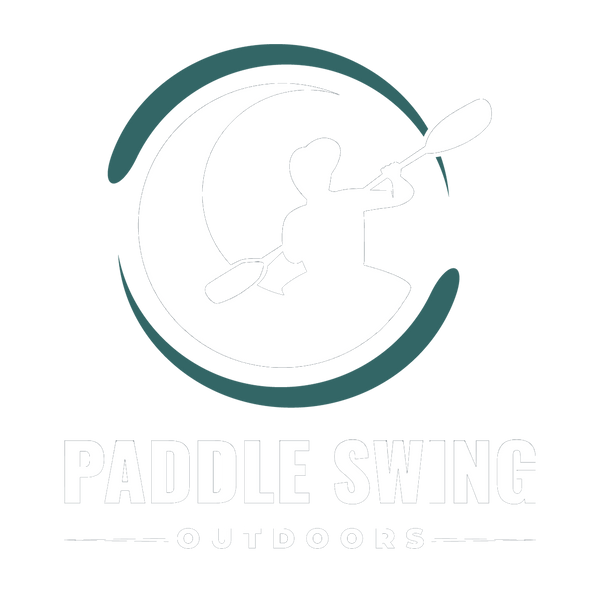Stand-up paddleboarding (SUP) has become a favorite pastime for water enthusiasts. The serenity of gliding over water combined with a full-body workout makes it an appealing activity for many. But what if you could share this experience with your furry friend? Taking your dog on a paddleboarding adventure can be incredibly rewarding, but it requires careful preparation and attention to safety. Here’s everything you need to know to ensure both you and your dog have a safe and enjoyable time on the water.
-
Assess Your Dog’s Readiness
Before you even think about hitting the water with your dog, it’s important to assess whether your pet is ready for such an adventure. Consider the following factors:
Temperament: Is your dog calm and obedient? Paddleboarding can be stressful for an anxious or overly energetic dog.
Swimming Ability: Even though your dog will be on the board most of the time, there’s always a chance they could fall into the water. Make sure your dog is comfortable swimming.
Health: Ensure your dog is in good health and doesn’t have any conditions that could be exacerbated by physical activity or cold water.
-
Choose the Right Equipment
Having the right equipment is crucial for a safe paddleboarding experience with your dog. Here’s what you’ll need:
SUP Board: Choose a board that is wide and stable enough to accommodate both you and your dog. Inflatable boards are often a good choice due to their stability and durability.
Life Jacket: A life jacket is essential for your dog, regardless of their swimming ability. Look for a life jacket with a handle on the back, which will make it easier to lift your dog out of the water if necessary.
Leash and Collar: Use a quick-release leash that can be easily detached if it gets caught. Avoid retractable leashes as they can become tangled easily.
- Train Your Dog
Training your dog to be comfortable on a paddleboard takes time and patience. Here’s a step-by-step approach:
Familiarization: Start by getting your dog used to the board on dry land. Let them sniff it, walk on it, and become comfortable with its presence.
Basic Commands: Ensure your dog is well-versed in basic commands like sit, stay, and come. These commands are crucial for maintaining control while on the water.
Gradual Introduction to Water: Once your dog is comfortable on the board on dry land, introduce them to the water slowly. Start in shallow, calm waters and gradually move to deeper areas.
- Plan Your Route
Choosing the right location and route is important for a safe and enjoyable paddleboarding experience. Consider the following:
Water Conditions: Opt for calm, flat waters with little to no current. Avoid areas with heavy boat traffic, strong currents, or large waves.
Weather: Check the weather forecast before heading out. Avoid windy or stormy conditions, as they can make paddleboarding difficult and dangerous.
Access Points: Choose locations with easy access points for launching and landing your paddleboard.
- Safety Precautions on the Water
Once you’re out on the water, there are several safety precautions to keep in mind:
Stay Close to Shore: Especially if it’s your first time paddleboarding with your dog, stay close to shore. This way, you can easily return to land if needed.
Monitor Your Dog: Keep an eye on your dog at all times. Watch for signs of distress or fatigue, and take breaks as needed.
Avoid Overloading: Make sure the combined weight of you and your dog does not exceed the board’s weight limit. Overloading can make the board unstable.
Stay Hydrated: Bring plenty of water for both you and your dog. Dehydration can be a serious risk, especially on hot days.
Sun Protection: Dogs can get sunburned too! Consider using a pet-safe sunscreen on areas with thin fur, like the nose and ears.
- Emergency Preparedness
Being prepared for emergencies is a key component of safety:
First Aid Kit: Bring a first aid kit equipped for both humans and dogs. Include items like bandages, antiseptic wipes, and tweezers.
Contact Information: Know the contact information for the nearest veterinary clinic and keep your phone in a waterproof case.
Practice Safety Drills: Regularly practice safety drills, such as what to do if your dog falls into the water. This will help both you and your dog stay calm and act quickly in an emergency.
- Post-Paddle Care
Taking care of your dog after a paddleboarding session is just as important as preparation:
Rinse Off: Rinse your dog with fresh water to remove any salt, chlorine, or debris that may be on their fur.
Check for Injuries: Inspect your dog for any cuts, scrapes, or signs of discomfort. Pay special attention to their paws, as they can easily get cut on sharp objects in the water.
Rest and Hydrate: Ensure your dog has plenty of water and a comfortable place to rest. Paddleboarding can be tiring, and your dog may need extra rest and hydration.
Conclusion
Stand-up paddleboarding with your dog can be a delightful and bonding experience. With careful preparation, the right equipment, and a keen eye on safety, you and your furry friend can enjoy the beauty and tranquility of the water together. Always prioritize your dog’s comfort and safety, and be ready to adjust your plans if needed. With these tips in mind, you’re well on your way to making wonderful memories on the water with your canine companion. Happy paddling!

